The Food Heritage Foundation’s Zeinab Jeambey goes on a countrywide journey to discover producers making Arabic ice cream the traditional way.
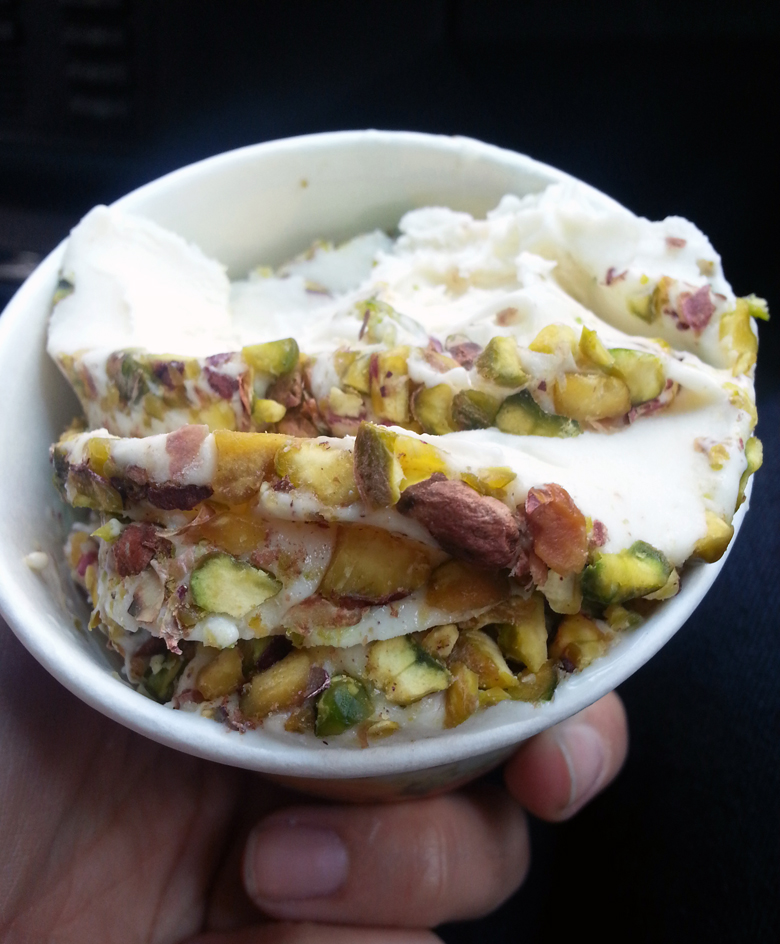
Despite the passing of time, traditional methods for preparing Arabic ice cream “bouzet al da’” (pounded ice cream) are still practiced across Lebanon.
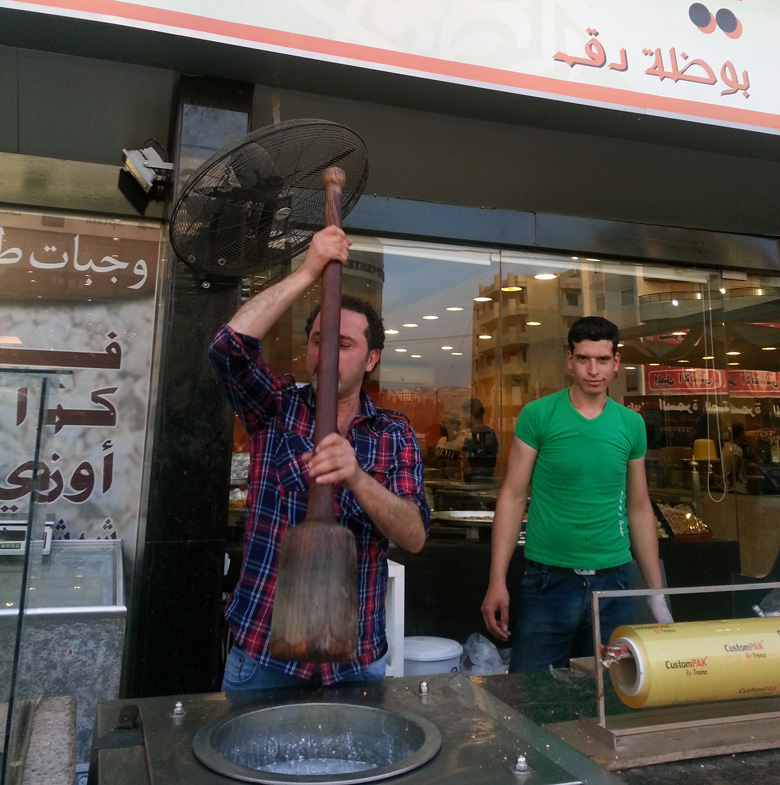
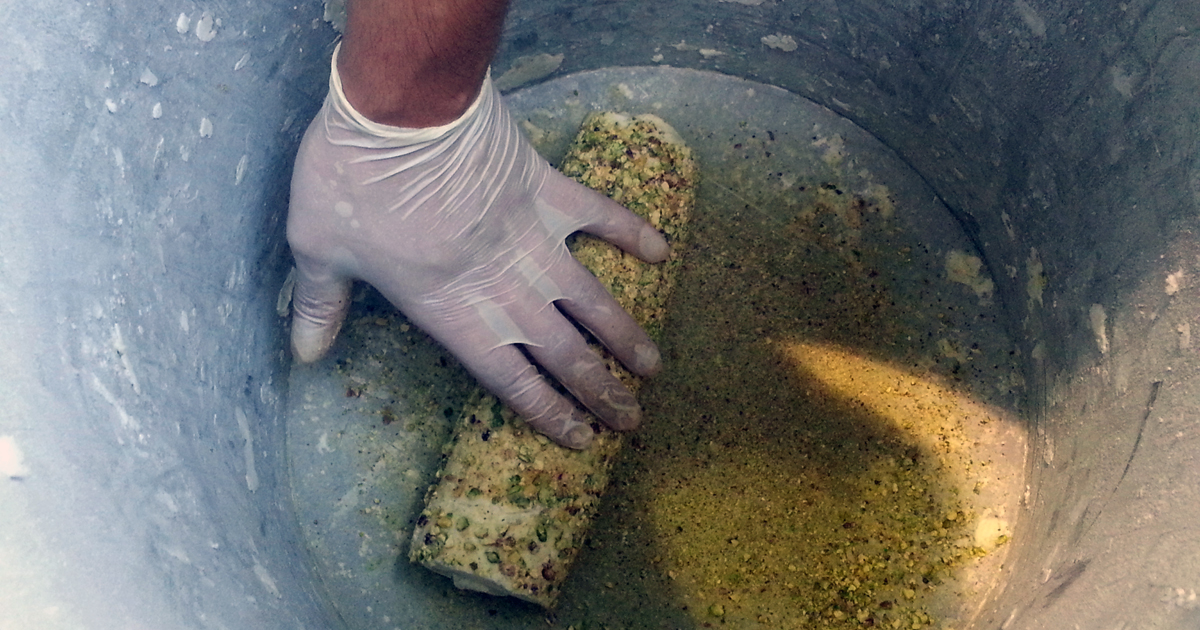
Unlike traditional ice cream in Europe, Arabic ice cream is thicker and more elastic. It mainly consists of milk, cream, salep, mastic gum and sugar. This mixture results in a rich creamy taste coupled with a gummy texture. Salep powder, extracted from the tuber of a type of orchid, helps the ice cream thicken and adds flavor. The mastic gum, a resin extracted from the mastic tree, is responsible for the chewiness as well as the flavoring of the ice cream.
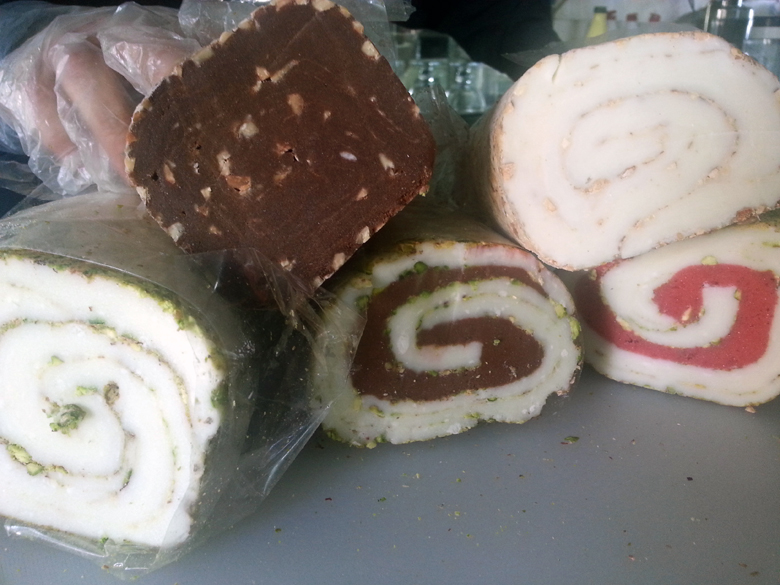
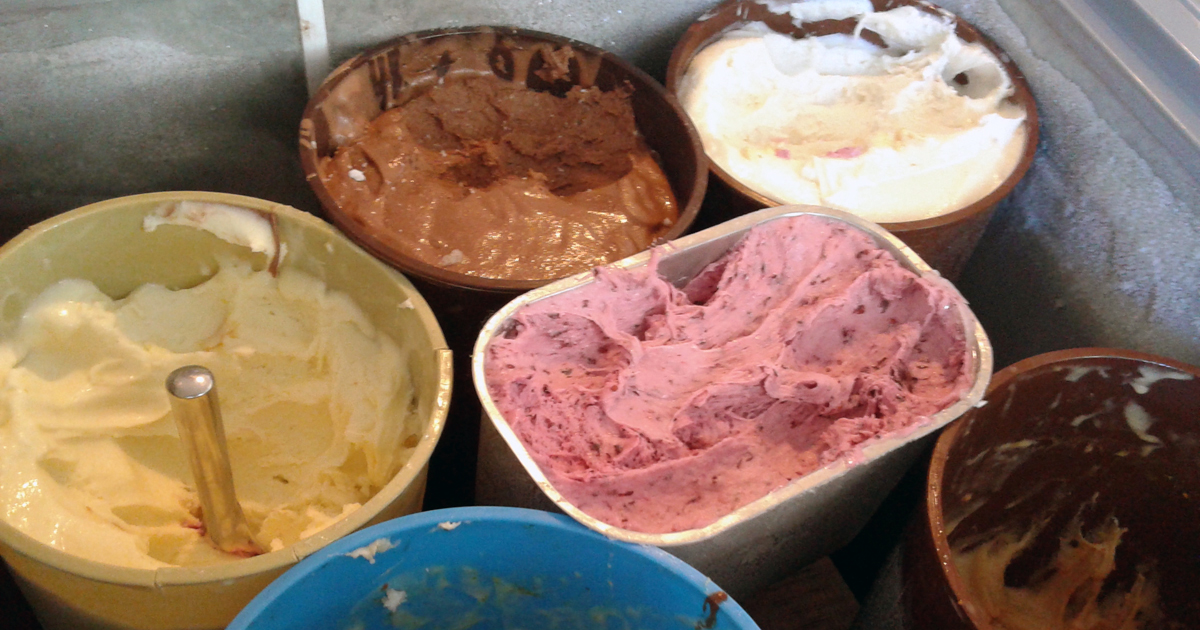
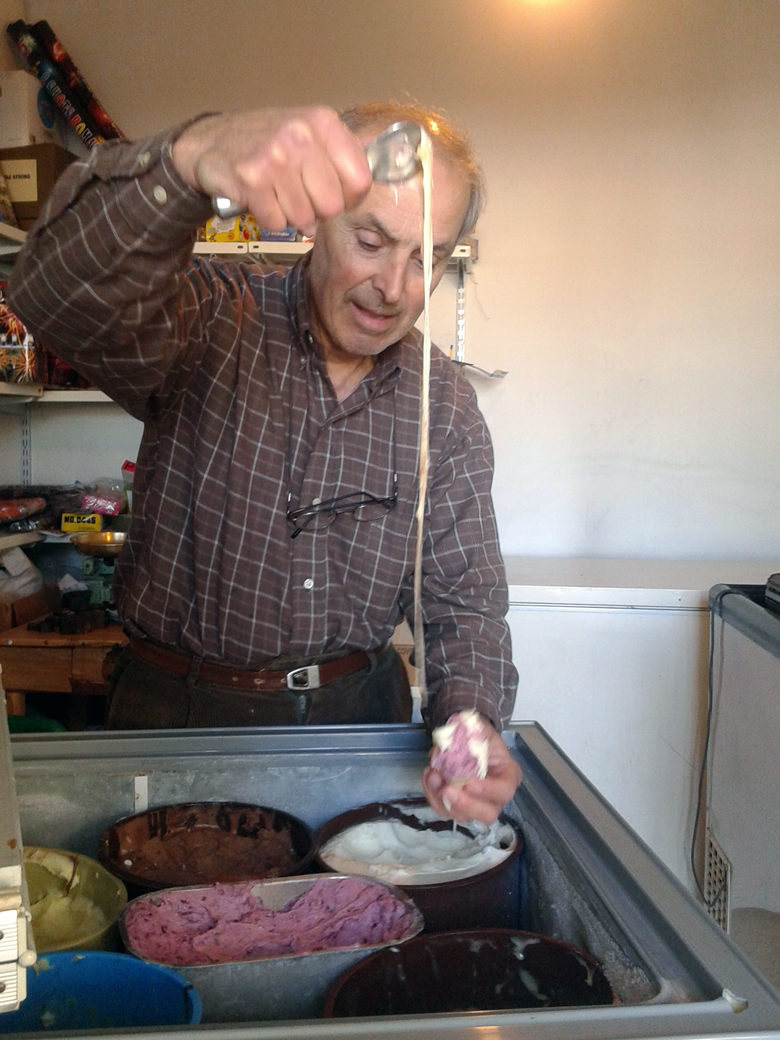
Getting Masrouaa to talk about his ice cream-making passion is quite easy. He quickly reveals what sets his ice cream apart from many others; he uses fresh goat’s milk from local farmers, rather than that of cattle, to prepare his ice cream as well as fresh ingredients for his fruit and citrus flavors. As he fills cones of ice cream for tasting, you can clearly see the elasticity. “The quality of salep used is key to achieving the desired consistency of the ice cream,” Masrouaa explains. He insists that “the salep from Istanbul is the best!”
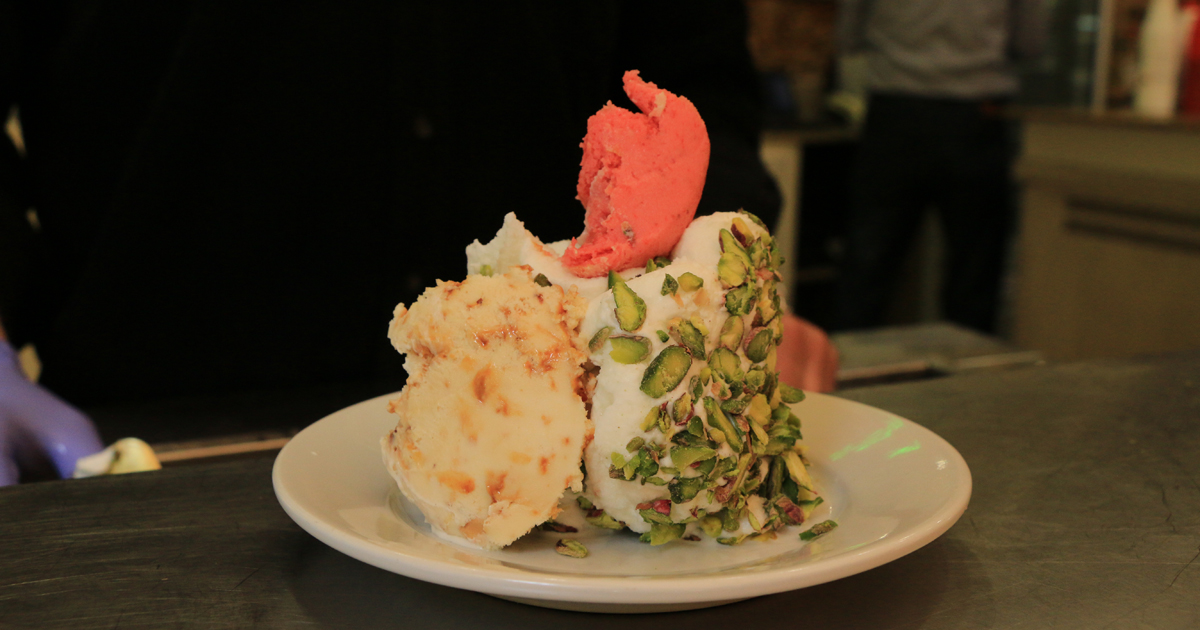
Photo – Rayan Badaoui
Loading

